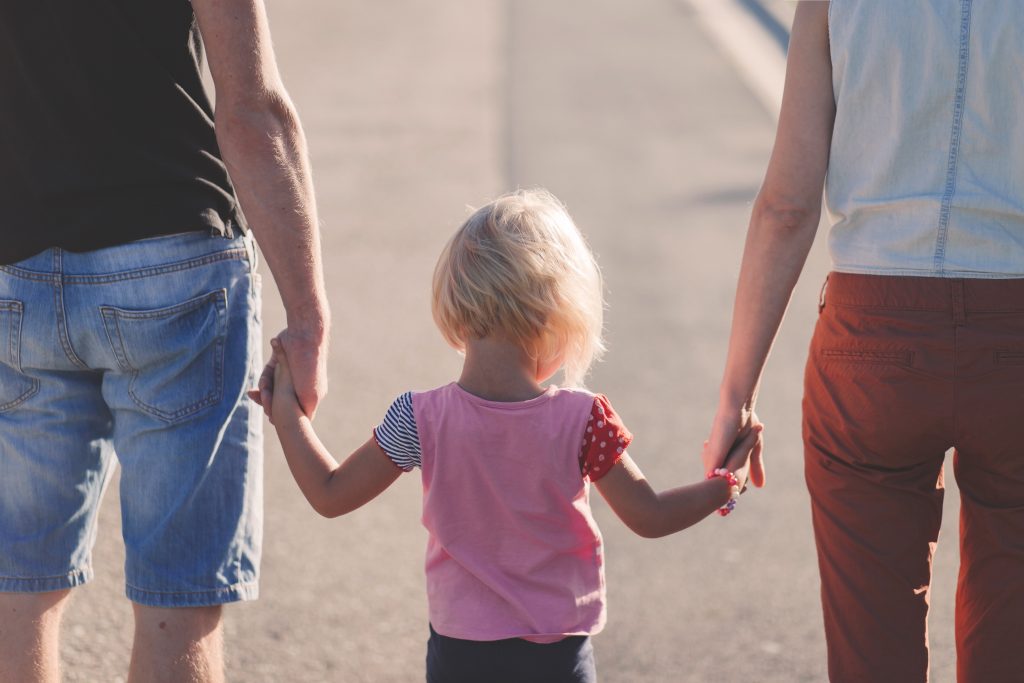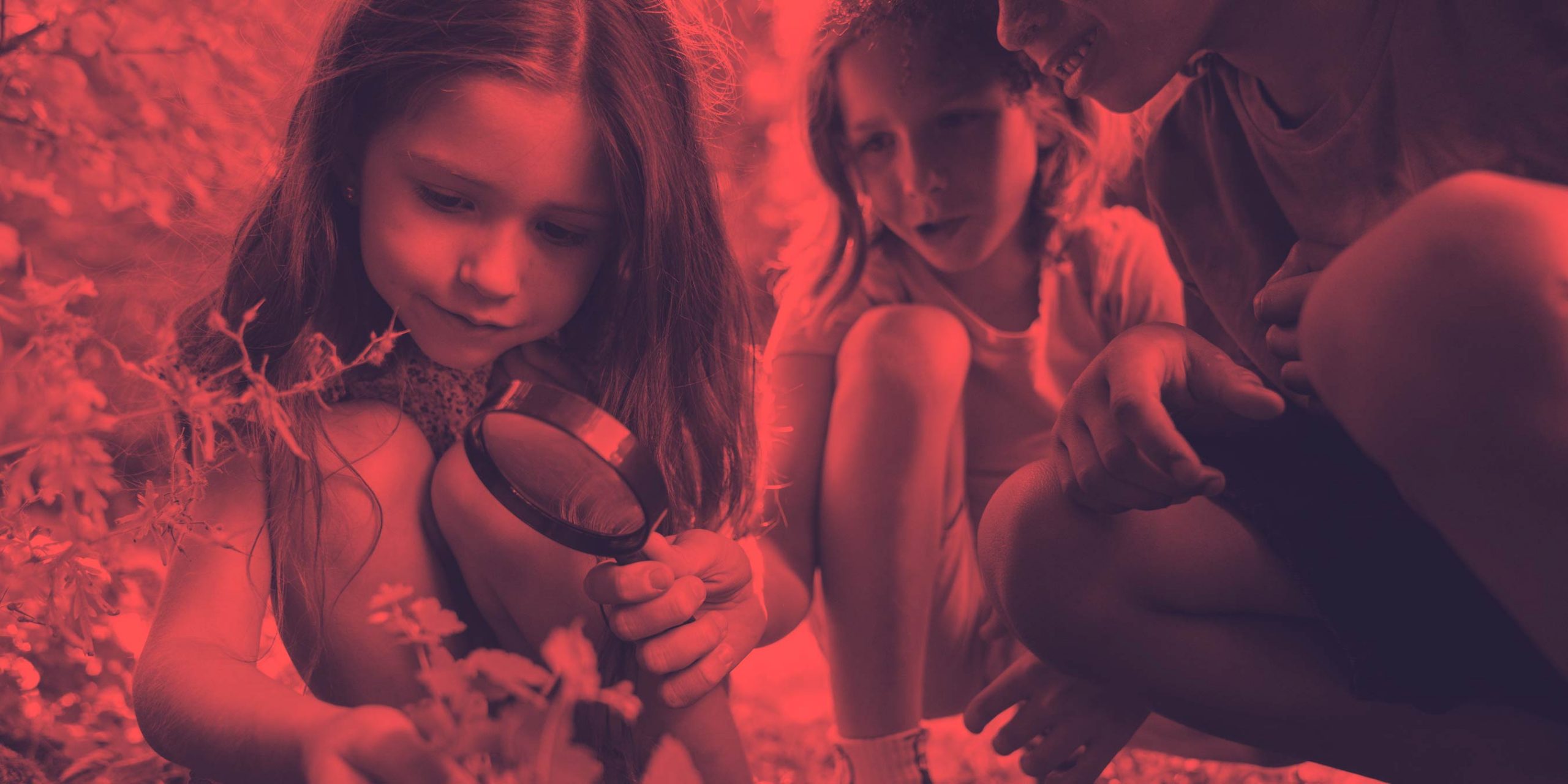5 June 2020
Where’s Granny? Helping infants experience the death of those who love

Teisa Dalmau is a psychologist and expert in neuropsychology, educational inclusion and attention to diversity. She has dedicated more than 25 years to improving education by training and guiding teachers. She has implemented innovative projects such as the Early Learning Guide program or the Troya program, an adaptation of the Axenroos project for emotional education at early ages.
The objective of the following article is to provide information, pedagogical tools and resources to understand and accompany grief in the face of the death of a loved one.
We live in a society that tries to ignore suffering. Efforts are focused on the conquest of happiness and well-being. An almost obligatory happiness where death and pain have no space. We distance ourselves from mourning and all its emotional manifestations. Putting words to death is difficult for us. Fathers and mothers are models in everything, even in mourning. The way in which children live their grief now and in the future will depend on our way of living it, on our explanations and answers.
The child in the face of death
Death generates a lot of curiosity in children. Children can react to the death of a family member or acquaintance in one of two ways: either by asking a lot of questions or by not asking anything or almost nothing.
Children have a raw sense of the suffering of parents and family members around a death and therefore can sometimes react by protecting adults and avoiding asking or talking about their feelings. They intuitively understand that their comments or questions add more pain to the situation.They sense that something “very bad” has happened that should not be talked about.
In either case, it is vital to offer explanations, to prevent them from generating their own explanations from loose data, imaginations and fantasies. Self-explaining can be an obstacle in the mourning process.

The way in which children live their grief now and in the future will depend on our way of living it, on our explanations and answers.
Bringing them closer to the mystery of death
Understanding death is a process that does not happen spontaneously, it depends on the cognitive maturity of the child and the culture about death that surrounds him. In order to provide answers that facilitate understanding of death, one must take into account, in addition to these concepts, the family style and the personality of the child.
Key ideas:
- Universality
-
Irreversibility
- Causality
- The consequences
Announcing the death of a loved one
Communicating the death of a loved one is no easy task. Doing it in a close, honest, and loving way can help a child feel less confused.
Some suggestions are:
- Communication should be carried out through people who are very close to the child, preferably the parents; if this is not possible, it should be done by the person who has the closest connection to the child.
- It should be communicated as soon as possible, without delay, to avoid the child finding out from other sources.
- It is important to choose an intimate place, free of interruptions and where they can freely express their emotions.
- You should talk about what happened little by little, starting with something that the child already knows. For example: “Something very sad has happened.” “You know Mom has been very sick,” “You know Grandpa is very old,” “You know Dad went on a plane trip…” Then you can gently communicate “I have to give you some sad news”, “mom/dad has died, she will no longer be with us because she has stopped living. We love him very much and he loves us very much too, we are going to miss him very much” (William C. Kroen,1996).
- Speak as clearly and honestly as possible. Do not try to tone down the news by using indirect language, such as “he is resting” or “he fell asleep” or “he went on a trip”.
- It is important to ensure that you create an environment where the child feels free to ask questions. If you don’t know the answer, you may choose to answer that you need time to think about it or that you don’t know the answer and will look for someone to help you find the answer.
Accompanying and communicating in the grieving process
There are no magic formulas, but the way we communicate will undoubtedly mark the quality of the child’s grieving process. Some considerations to facilitate communication:
-
Look into his eyes, get physical with him/her.
- Active listening.
- It is more important to accompany, support and listen without prejudice.
- Respect the silences.
- Putting words to your emotions.
- Stay calm in the face of angry reactions.
- Show empathy.
- Avoid phrases such as “you are brave” “don’t cry, your mother wouldn’t want you to” “you’ll soon forget” “everything will pass” etc.
- Repeat explanations.
- Repeat as many times as necessary, to the child, that he is loved.
- Share your beliefs and faith.
- Anticipate to the child what will happen in the days following the death.
Children and grief
The OMS defines grief as a normal, appropriate and healthy response to a loss. In other words, it is a normal process of adaptation that follows the loss of a loved one.
-
It is a process, therefore, that takes time and is not immediate.
- It is a process, so it is dynamic and active, it has ups and downs.
- It’s a normal response, it’s not a disease. It is healthy to show certain reactions.
- It is unique: it is the normal and healthy response of a person. There are many griefs, as many as there are people.
- It is a process of adaptation and requires personal work and elaboration to learn skills and resources.
According to William Worden, in order to properly assimilate the death of a loved one, it is necessary to perform the following tasks:
-
Accept the reality of death.
- Work through pain and associated emotions
- Adapt to the absence of the deceased.
- Emotionally relocate the deceased and continue to live.
As the last point indicates, the grieving process ends when the person can remember the past and his or her loved one, without feeling discomfort, with serene affection, thus “overcoming” his or her loss (Barreto and Soler, 2007 ).
It is very likely that children will react and behave in unexpected or unpleasant ways during the grieving process. That is why we have to keep in mind on the one hand that limits must be well established and firm in them and on the other hand, we must act on the grief and not on the behaviour; we can talk about the pain felt for the emptiness left by a person instead of punishing his violent reactions. Talking about the pain, grief, sadness or anger will make him feel understood and maybe that will help to improve his behaviour.

We have to keep in mind on the one hand that limits must be well established and firm in them and on the other hand, we must act on the grief and not on the behaviour.
Resources and activities that help in the grieving process
Playing games, graphic production, reading stories or watching films are excellent resources for promoting dialogue and communication. But the most valuable part of any planned activity will undoubtedly be the presence of the child’s reference figure. The “being” will undoubtedly become the best life jacket for the child.
Some examples are:
Written expression: collective letter, personal letter of each one. Maybe they have missed something and can do it now. Always from the positive and from the loving memory of that person. Write a poem, the lyrics of a song, etc.
Discuss as a family some story you have lived with the deceased.
Artistic expression: personal drawings, collective murals, collages, etc. Express yourself without any limits and later interpret the result.
For more information and resources download the full article.
TRANSLATED BY
You might also like










Leave A Comment